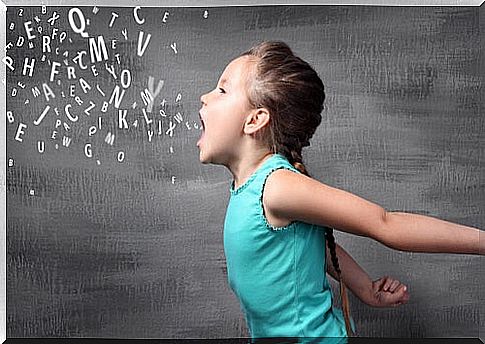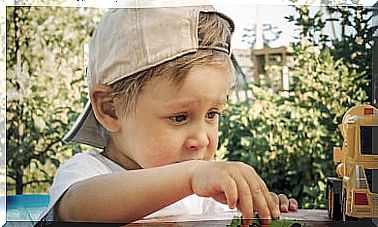8 Tongue Twisters To Pronounce The R

It is important for parents to pay attention to rotacism and not see it as trivial, perhaps alluding to the fact that as the child grows he will learn. A very effective technique to correct this problem is tongue twisters. Learn here 8 tongue twisters to pronounce R.
Causes of Rotacism or Difficulty Pronouncing the R
One of the causes of rotacism is related to the use of a pacifier until a prolonged age. Another may be the coordination of his organs, that is, the child does not know how to position his tongue to produce sounds.
A third probable cause is a physical problem in the frenulum of the tongue, or that the cleft of the palate is not well.
This defect in pronunciation, when it is not corrected in time, can condition their language development and even their personality. It is not a matter of delay, nor does it imply something psychological.
In these cases, it is recommended to identify the cause of the problem with professional medical help to think about the treatment that the child requires.

How do you pronounce the letter R correctly?
The R sound is defined as a multiple alveolar vibrating, that is, in it the tip of the tongue must vibrate to produce the correct sound. It must be said that the pronunciation of this sound could vary and require another part of the mouth or tongue, according to the phonological system of each language.
Although it seems simple, for some children it can be quite a challenge.
Tongue twisters to pronounce the R have been one of the ways parents and teachers have used to help children with this impairment. However, when the technique is not well directed, the child can be forced to correct his behavior but not to understand where the problem lies.
What are tongue twisters?
They consist of short sentences created from the followed and forced pronunciation of a specific letter. This spoken language technique has the interesting feature that it can be channeled as a game for children.
Forcing the correct position of the tongue before the pronunciation of a certain sound helps to achieve spontaneity little by little. Also, regularity allows language coordination to become natural.
8 strings or tongue twisters to pronounce the R
Here are some examples to help your child mark the R correctly in pronunciation. There are 8 very well-known tongue twisters to pronounce the R:
- Practice as a game with your child this string that says: “R with erre guitar, r with erre, rail, fast the cars roll, fast the railroad”.
- “Platypus”, and repeat again: “Platypus, dare and jump.”
- This is short but fun to repeat: “The red car runs on the Aguirre road.”
- “Rrrr how the roll car runs. Rrrr quickly pass Rolo by car and Raúl by motorcycle ”.
- “The San Roque dog does not have a tail because Rodolfo Ramírez has stolen it.”
- “The Rasquin mouse was scratching itself on a cliff. Risca on the scraper cliff. Scratch and ended in cliff. Scratching the cliff, he scratched himself in the corner ”.
- “The wheel of the cart got stuck in the mud, and the muzzle of the donkey got stuck in the mud.”
- Another option is to repeat: “A little dog passed by on the street carts, a cart passed, a tail caught him.”
As you will see, in these eight examples the common denominator is the use of the letter R in two modalities, alone and in conjunction with other sounds.

How to use the tongue twister technique correctly?
Apply the following techniques to achieve the desired result with your child:
- Take a few minutes each day for your child to practice pronunciation.
- The time should not be prolonged in order not to exasperate him.
- Do the tongue twister activity to pronounce R like a game.
- Consult your pediatrician on how the correct placement of the tongue should be.
- Be patient and praise your child for his progress.
- Strive as a parent to maintain good pronunciation.
Finally, your example and love for your son will be the main reason to give him the necessary attention in the face of this pronunciation problem.










